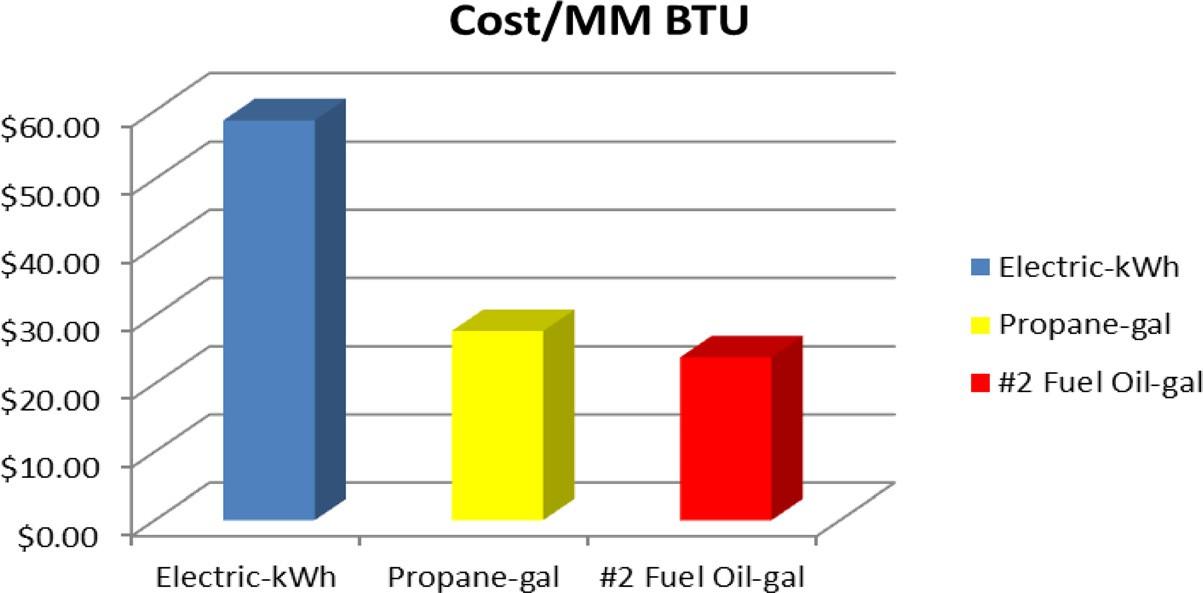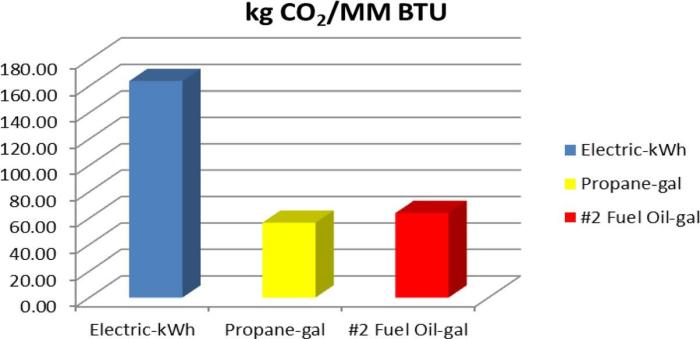Why Consumers Aren’t Buying Heat Pumps

At the beginning of August, the Department of Energy (DOE) announced it was giving $85 million to four heat pump manufacturers to “accelerate the manufacturing of electric heat pumps, heat pump hot water heaters and heat pump components at five factories in New York, Tennessee, Texas and Rhode Island.” This new investment was on top of an investment of $169 million the previous November, also dedicated to increasing heat pump production. These investments, the DOE stated, would lead to the manufacturing of “an additional 155,000 residential heat pumps, 440,000 residential heat pump water heaters, 2,000 school heat pumps and 20,000 large heat pump compressors each year.”
But, as Michael Tennant pointed out in a piece for The New American, “There’s just one problem: People aren’t buying heat pumps. An April blog post from the Energy Institute at the University of California, Berkeley’s Haas School of Business revealed that U.S. heat-pump ‘shipments decreased 16% from 4.3 million in 2022 to 3.6 million in 2023’ and continued to plummet this year, dropping 12% in just the first two months of 2024.” And it’s not just Americans; people aren’t buying heat pumps in Europe, either.
Tennant cites Haas Business Professor Lucas Davis, who suggests three causes: “First, electricity prices are on the rise; U.S. residential electricity prices increased more than 6% last year. Second, natural-gas prices have hit record lows. … Third, the present high interest rates make consumers less likely to borrow, and when a new heat pump costs 129% more on average than a new furnace, people are more likely to buy a furnace — or simply to repair and make do with their existing one.”
I’d like to offer another reason, backed by math and science: heat pumps are too expensive from an energy perspective as well.

In July 2012, I published a peer-reviewed article in the American Institute of Physics’ Journal of Renewable and Sustainable Energy. This article, on technology and information management for low-carbon building, gives a detailed analysis of how to achieve cost effective, quick, deep GHG reduction and mitigation through construction by reporting the results of reconstructing a house in the Hamptons.
As part of this process, we analyzed the energy used by the home, which included electric for heating and cooling performed by a geothermal system and propane for cooking and clothes drying. In my career in construction, I am always asking HVAC contractors about the cost effectiveness of various heating systems — but I never receive correct answers. So, I decided to run my own analysis for both CO2 carbon emissions per BTU (British thermal unit, the energy unit commonly used in design and construction) and cost per BTU — an analysis I don’t believe anyone had done before or has done since.
The results of this analysis were eye-opening. It turns out, on the Long Island electric grid, propane has 65.46% less CO2 emissions per BTU than electricity and costs 52.67% less per BTU than electricity, as you can see in the charts above. In other words, using propane is cheaper and better for the environment than using electricity from the Long Island electric grid.
This analysis illustrates why the consumer is rejecting products like heat pumps — and rejecting the whole notion of “all electric homes.” It is simply not cost-efficient — and it is not actually better for the environment. This is why I advocate, if one is to go “all electric,” the electricity cannot come from the grid. One must produce renewable electricity by solar panels or wind turbine or a combination of both to justify the use of electricity — something I’ll discuss more in an upcoming piece.
One thing is clear: the consumer has risen up and said, “No, we’re not going to buy heat pumps right now.” It doesn’t matter how much money the DOE invests in manufacturing heat pumps; ultimately, it is the consumer who makes the decision. And until the underlying issue of the cost and environmental impact of electricity is addressed, no mandate or incentive will force consumers to make the switch.
(For the full analysis and calculations, see the complete article, available here: tinyurl.com/danscarbonarticle)
– PARTNER CONTENT









